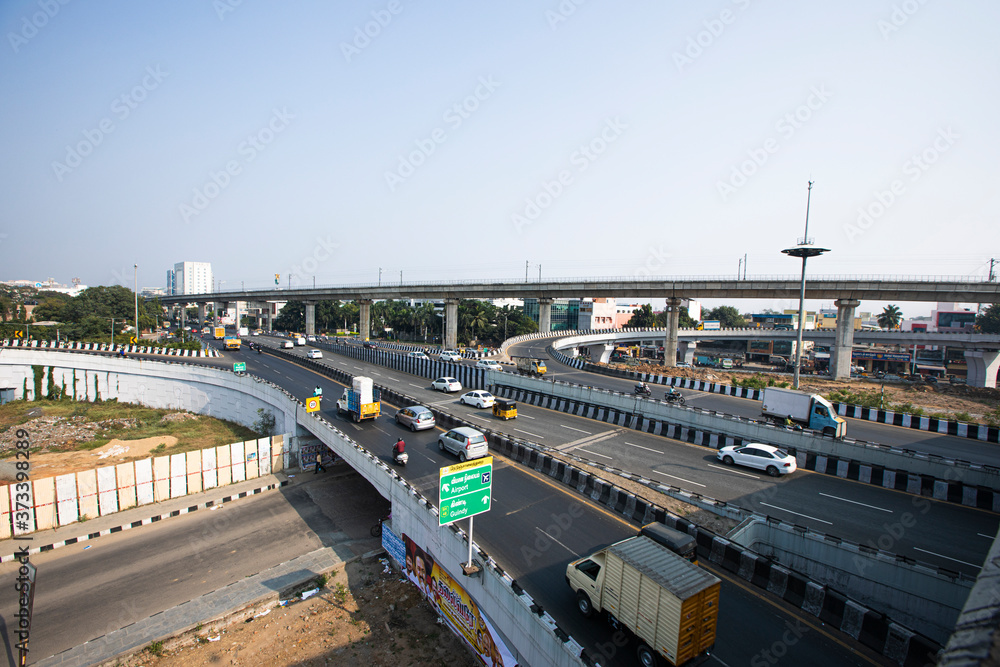Contact Us
RoadVision AI
Private Limited
Office No. 308 & 310, B Block
Ansal Chamber - 1, Bhikaji Cama Place,
Near Engineers India Limited (EIL) Bhawan, New Delhi - 110066
© 2024 | RoadVision AI | All rights reserved
India is prone to seismic activities, making it crucial to design road bridges that can withstand earthquakes. The Indian Roads Congress (IRC) introduced IRC:SP:114-2018 to provide comprehensive guidelines for the seismic design of road bridges. This code incorporates modern engineering principles to ensure that bridges remain structurally sound during seismic events, reducing risks to human life and infrastructure damage.

Earthquakes cause severe damage to bridges, leading to catastrophic failures and disruptions in transportation networks. By following the IRC Code 114:2018, engineers can enhance the seismic resilience of road bridges. The guidelines aim to:
1. Seismic Effects on Bridges
2. Design Philosophy
3. Site Selection and Structural Considerations
4. Seismic Analysis Methods
5. Seismic Design of Bridge Components
6. Special Seismic Devices for Bridges
7. Implementation and Compliance
Despite having well-defined guidelines, implementation faces challenges like:
To overcome these issues, authorities must invest in research, training, and technology adoption to improve seismic safety standards across India.
The IRC:SP:114-2018 - Guidelines for Seismic Design of Road Bridges is a crucial document for building earthquake-resistant bridges. By adopting these guidelines, engineers and policymakers can ensure the safety and longevity of India's road infrastructure, mitigating risks associated with seismic activities.
RoadVision AI is revolutionizing road infrastructure development and maintenance with its innovative solutions powered by computer vision AI. By leveraging advanced technologies, the platform conducts comprehensive road condition monitoring and traffic surveys, enabling early detection of surface issues like potholes and cracks for timely repairs and enhanced roads. Through traffic congestion analysis, RoadVision AI provides data-driven insights to address traffic congestion challenges and optimize road usage. With a focus on building smarter and more efficient road infrastructure, RoadVision AI ensures full compliance with IRC Codes, helping engineers and stakeholders reduce costs, minimize risks, and improve road safety and transportation efficiency.